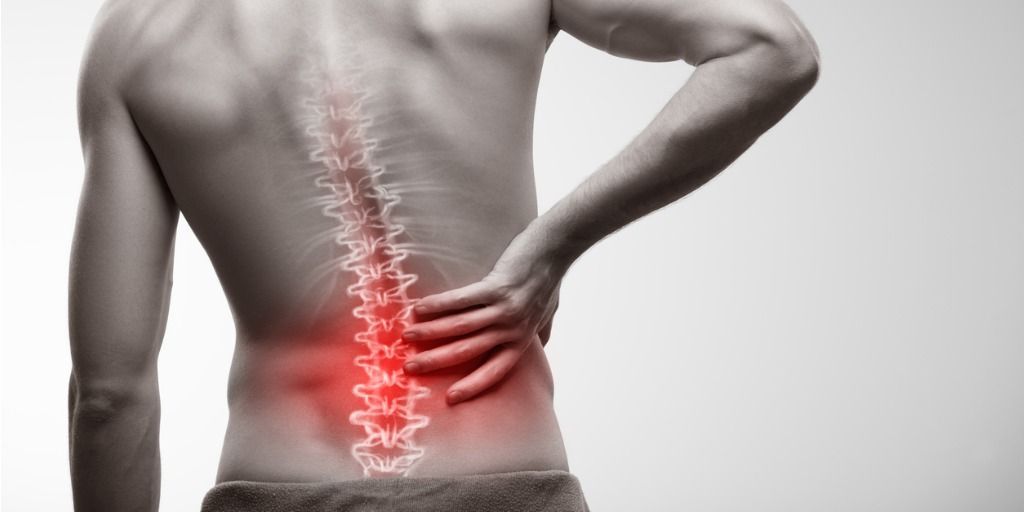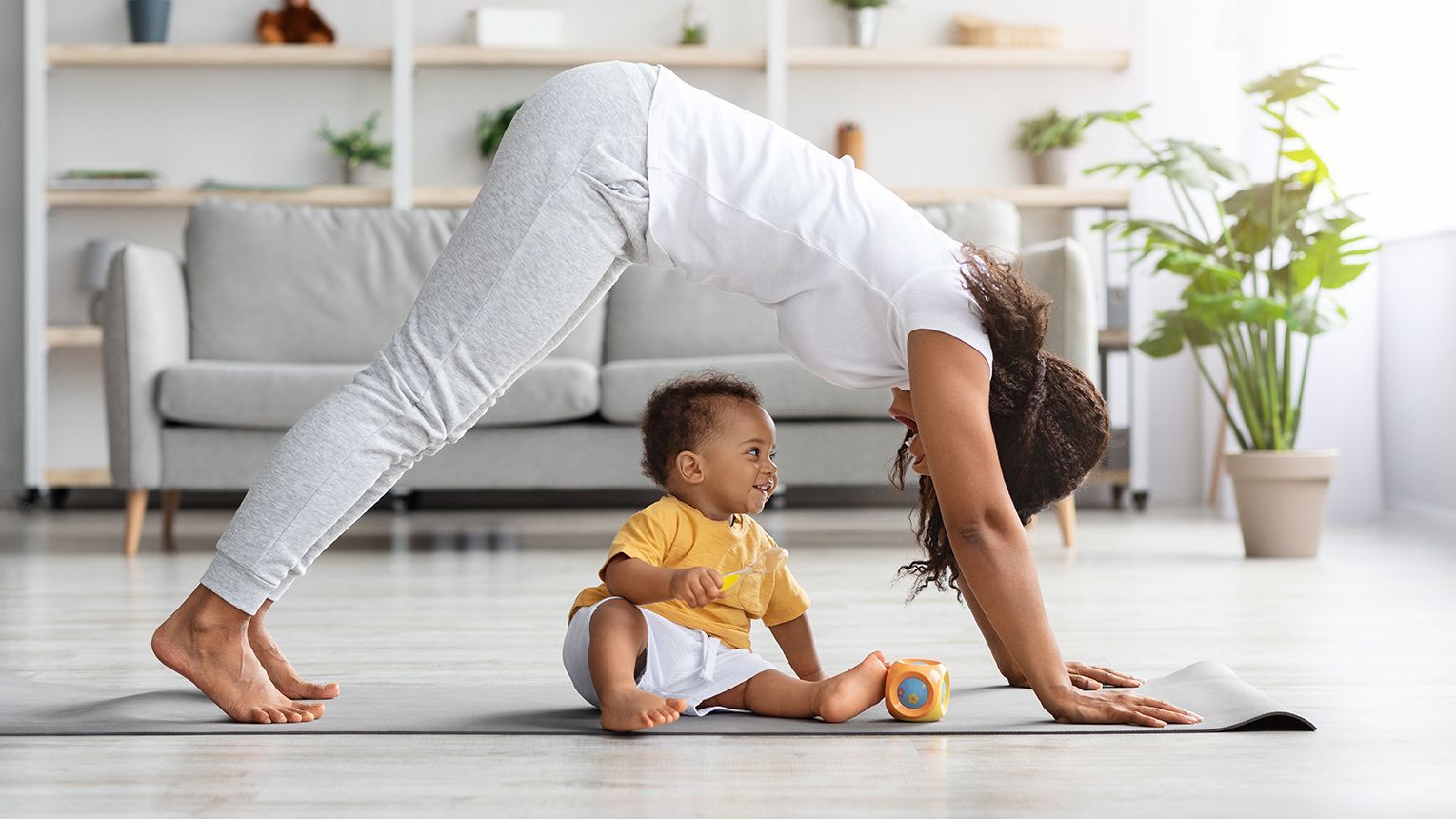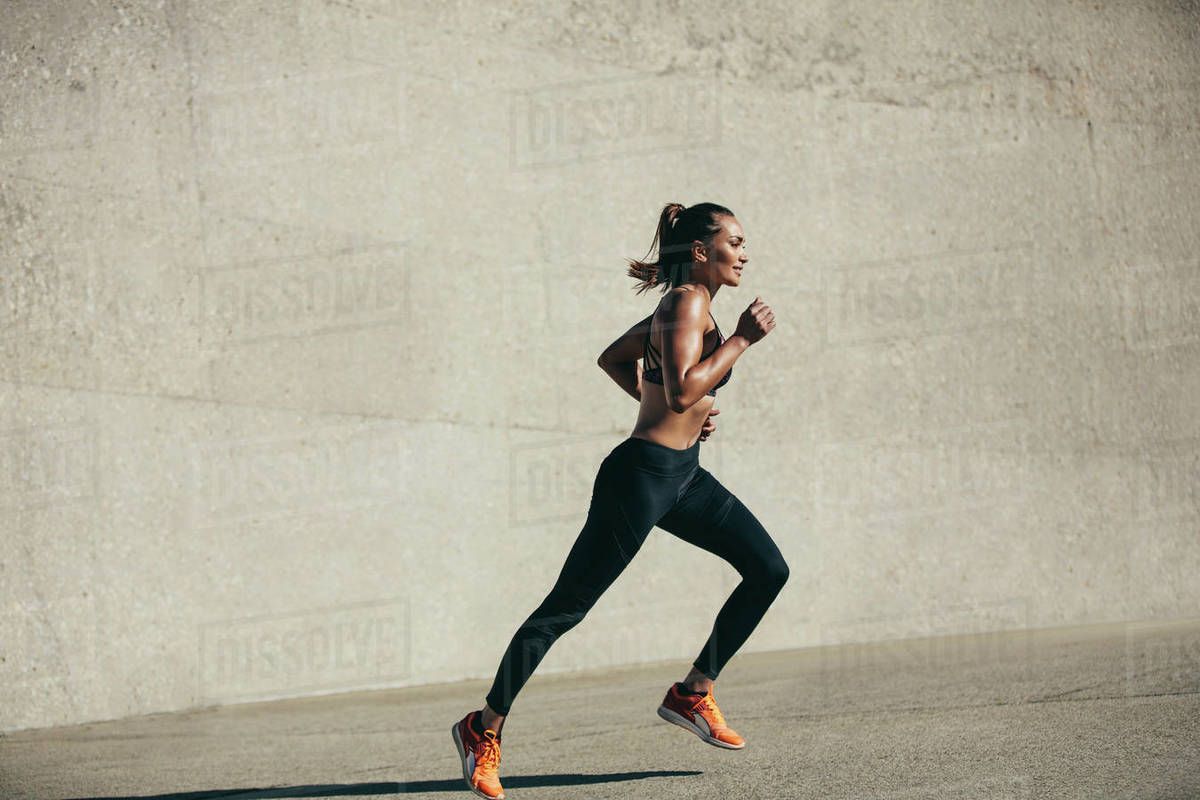Importance of a Rhythm
Rhythm is one of the most important elements of music across all its forms. Rhythm gives structure to music. It assists tone, it influences tempo and can control cadence, just for a quick snapshot. What I’ve found over my time playing music as hobby, is that rhythm is ever important and ever consistent. It’s something we can create, maintain, tweak, and develop but ultimately it remains consistent in providing structure. It’s also something we all have in our day-to-day life and in relation to our overall health, a rhythm can provide a positive impact on our overall health and wellbeing.
So, you’re probably wondering where I’m going with this and how does it relate to exercise or health?
Over time, or maybe just through personal growth and more awareness I have found that there are certain structures or constants that are frequent in my day and when performed consistently over a period time, provide the opportunity for me to perform at the best I can be and have a positive impact on my health and wellbeing. That being said, when these structures aren’t followed through or forgotten, it can then create the opposite effect; whereby we may feel stress, fatigue, unmotivated and not on the right track. For me I have found that I have a general rhythm that I try to maintain, the hard part is consistency (which is the challenge for most things!).
Think of this another way. It could be your routine, your non-negotiable’s, the one-percenter’s, your daily habits or even just the beat of your day. Things that you do daily, that create structure, consistency, and the mainstay standards you have for yourself that help you be the best version of yourself. For some it can involve a variety of things and as you’re reading this, I am sure you are already thinking about some of these items.
Okay, what are these constants? They can be as specific as you like or as general as possible, they could incorporate activity and exercise (I hope so!) or involve silence and stillness. It could include reading, journalling, meditation, the way you sleep or eat, the rules, restrictions, or freedoms you have put in place. There is no right or wrong way. If it works for you and you can be consistent, then ultimately this is your rhythm and as such your guide to maintaining your health!
Coming into a new year, dealing with significant change, or working through a new challenge, there’s always a chance you can be thrown a curveball and then get stuck trying to work through it, whereby there are usually sacrifices made with our day-to-day rhythm, which then impact our health and wellbeing in a negative manner. It’s important in these moments to reflect to our rhythm or routine (whatever name you have for it) and make sure we don’t make those sacrifices, and we strive to maintain our peak health and well-being.
Afiq Jackson
Workers Compensation Specialist ‑ Team Leader North West (AEP, ESSAM)




